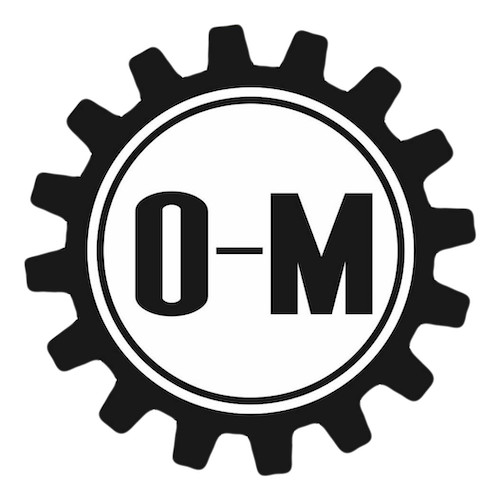Groin pain is a common issue that can affect anyone, from athletes to those leading a more sedentary lifestyle. It often involves discomfort in the muscles and tendons that support the inner thigh, which can be caused by a variety of factors including muscle strain, tightness, or overuse. Using a foam roller at home is an effective way to alleviate pain and improve mobility. It’s something we often recommend to patients to try between office visits in order to speed up the recovery process. Let’s talk more about the root cause of this type of pain and how to use the foam roller to help.
Understanding the Causes of Groin Pain
Groin pain typically involves the muscles of the hip flexor group, including the adductors (inner thigh muscles), iliopsoas (hip flexors), and the sartorius. Overuse, poor posture, or improper movement patterns can lead to muscle imbalances and tightness, which in turn causes discomfort. The adductors are often the primary culprits when it comes to groin pain, as they play a significant role in stabilizing the pelvis and controlling movement during walking, running, and other activities.
Injuries to the groin are also common in sports that require sudden directional changes, such as soccer, hockey, or tennis. In addition, repetitive strain or stretching beyond the muscle’s capacity can lead to inflammation and tension.
Foam Rolling Techniques to Relieve Groin Pain
Using a foam roller on the groin area can help release muscle tension, improve blood circulation, and increase flexibility. Here are some effective techniques:
- Adductor Roll – Sit on the floor with your legs extended in front of you and place the foam roller beneath your inner thighs. Slowly roll your body back and forth from the inner knee to the groin area. Use your hands for support, and adjust the pressure by shifting your body weight. This targets the adductors, helping to release tightness.
- Hip Flexor Roll – Lie face down with the foam roller positioned under your hip flexors (the front of the pelvis). Slowly roll your body back and forth, targeting the iliopsoas and surrounding muscles. This technique helps relieve tightness that can contribute to groin pain.
- Dynamic Rolling – For deeper relief, incorporate dynamic rolling. Instead of rolling slowly, perform small, controlled movements back and forth, pausing on tender spots for 10-15 seconds. This helps to break up muscle adhesions and improve flexibility in the affected area.
- Side-Lying Adductor Stretch – Lie on your side and place the foam roller along your inner thigh, just above the knee. Slowly roll upward toward the groin while keeping your body relaxed. This technique provides a gentle stretch and pressure that helps release deep muscle tension.
Using these techniques at home can help bring down the pain levels until you can get into the office for your session. Remember to listen to your body though – if you experience sharp pain or discomfort, stop immediately and wait for your appointment to discuss the issue. Generally most people tolerate foam rolling well as long as you start with gentle pressure. For more personalized advice, schedule your appointment with us today!


